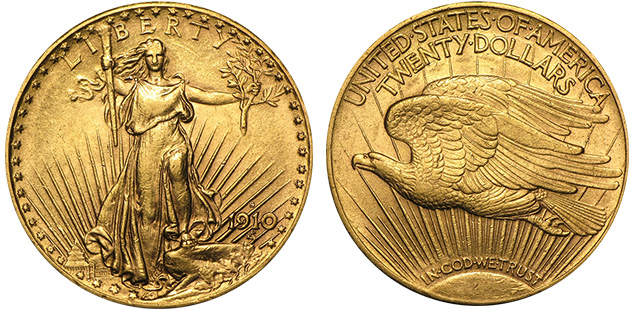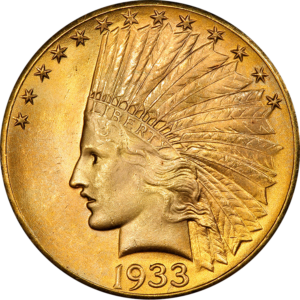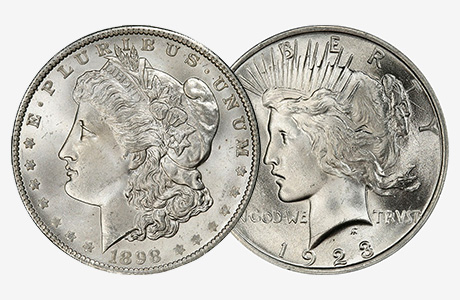
In an age dominated by digital transactions and paper currencies backed by nothing more than government decree, the concept of “real money” harkens back to substances with intrinsic value that have stood the test of time: gold and silver. These precious metals are not mere commodities; they embody the essence of sound money due to their scarcity, durability, divisibility, and universal acceptance across civilizations. Unlike fiat currencies, which can be printed endlessly and lose value through inflation, gold and silver derive their worth from physical properties—gold doesn’t corrode, can be easily melted and stamped, and has been prized for millennia as a store of value.
History reveals that societies thriving on gold and silver standards experienced greater economic stability, as these metals deter excessive money creation and preserve purchasing power. Today, as the U.S. dollar faces mounting pressures from inflation and devaluation, revisiting these timeless assets is more crucial than ever.
The Golden Era: America’s Last Use of Real Money Pre-1933
 The United States’ monetary system was once firmly rooted in real money, with gold and silver coins serving as the backbone of commerce. From the nation’s founding through the early 20th century, the U.S. operated under a bimetallic standard, where both gold and silver coins circulated freely at fixed ratios. Gold coins like the $20 Double Eagle and silver dollars were everyday currency, embodying tangible value that citizens could hold, spend, or save without fear of arbitrary devaluation. This system originated as the Coinage Act of 1792 and peaked under the Gold Standard Act of 1900, which formalized gold as the primary standard while silver played a supporting role.
The United States’ monetary system was once firmly rooted in real money, with gold and silver coins serving as the backbone of commerce. From the nation’s founding through the early 20th century, the U.S. operated under a bimetallic standard, where both gold and silver coins circulated freely at fixed ratios. Gold coins like the $20 Double Eagle and silver dollars were everyday currency, embodying tangible value that citizens could hold, spend, or save without fear of arbitrary devaluation. This system originated as the Coinage Act of 1792 and peaked under the Gold Standard Act of 1900, which formalized gold as the primary standard while silver played a supporting role.
The turning point came in 1933 amid the Great Depression. On April 5, 1933, President Franklin D. Roosevelt issued Executive Order 6102, forbidding the hoarding of gold coin, bullion, and certificates. Americans were required to surrender their gold holdings to the Federal Reserve in exchange for $20.67 per ounce in paper dollars, with virtually no resistance from congress, the government revalued gold to $35 per ounce, effectively devaluing the dollar by 40% overnight to stimulate the economy. This marked the end of gold’s role as circulating money, with private ownership largely banned until 1974. Silver followed a similar path, though its demonetization was more gradual; pre-1933 silver coins, like Morgan Dollars, represented the last era when U.S. currency was fully backed by precious metals. Pre-1933 thus symbolizes the final chapter of America’s commitment to real money, before the shift to fiat currency untethered from physical assets.
Related Read: Reasons Why Some Want To Return To A Gold Standard
The Benefits of Owning Pre-1933 American Gold and Silver Coins Today
 In today’s volatile economic landscape, pre-1933 U.S. gold and silver coins offer a compelling blend of historical significance, financial security, and investment potential. These coins—such as the Saint-Gaudens Double Eagle in gold or the Peace and Morgan Dollar in silver—are not just bullion; they carry investment quality value due to their age, design, and scarcity, often commanding premiums above their melt value. Today, in many cases, those premiums are at record lows do to their high intrinsic metal values.
In today’s volatile economic landscape, pre-1933 U.S. gold and silver coins offer a compelling blend of historical significance, financial security, and investment potential. These coins—such as the Saint-Gaudens Double Eagle in gold or the Peace and Morgan Dollar in silver—are not just bullion; they carry investment quality value due to their age, design, and scarcity, often commanding premiums above their melt value. Today, in many cases, those premiums are at record lows do to their high intrinsic metal values.
One key advantage is their role as a hedge against inflation and currency devaluation. Unlike paper dollars, which have lost over 96% of their purchasing power since 1913 due to continuous money printing, gold and silver maintain intrinsic worth. Pre-1933 coins, with their proven track record, appreciate over time, providing a stable store of wealth that can outpace inflation. Privacy and portability add to their appeal. Pre-1933 coins offer a level of discretion in an era of increasing financial surveillance. Their compact size makes them easy to store or transport, ideal for diversification beyond digital assets. Moreover, these coins are historically exempt from confiscation under exemptions established in 1933 due to their “rare and unusual” collectible status, thus providing a layer of protection not afforded to modern bullion. In a world of economic uncertainty, owning these pieces of history ensures tangible ownership that can’t be eroded by policy whims and a devaluing dollar.
Related Read: Investing in Rare Coins
Sound Finances: Anchored in Real Money
Sound financial principles demand assets that preserve and grow wealth over generations, not erode it. Real money like gold and silver promotes fiscal discipline for governments and individuals since their supply grows slowly but responsibly, avoiding the inflationary problems of fiat systems. By contrast, the U.S. dollar’s value, which is fiat, is diluted through endless printing, leading to diminished savings and increased debt burdens.
Transitioning to pre-1933 gold and silver aligns with prudent investing: these assets have historically outperformed during crises, serving as insurance against market crashes, geopolitical tensions, and currency wars. They promote long-term stability, encouraging savers to think beyond short-term gains and build enduring wealth.
The Urgency: No Better Time to Exit Excess Paper Dollars
As of mid-2025, the U.S. dollar is undergoing significant devaluation, with the dollar index falling 10.8% in the first half of the year due to fragile economic signals and global shifts. Inflation stands at 3%, with forecasts suggesting it will rise further by year-end due to persistent government spending. Regardless of who is in power, the only truly bipartisan policy is ever-escalating spending, pushing the national debt beyond $37 trillion at an unprecedented pace.
Now is a critical time to move away from fragile paper dollars, vulnerable to hyperinflation risks, and into tangible assets like pre-1933 gold and silver coins. These offer a safe haven, preserving wealth as the fiat system falters. Act swiftly; fortune favors the prepared.


